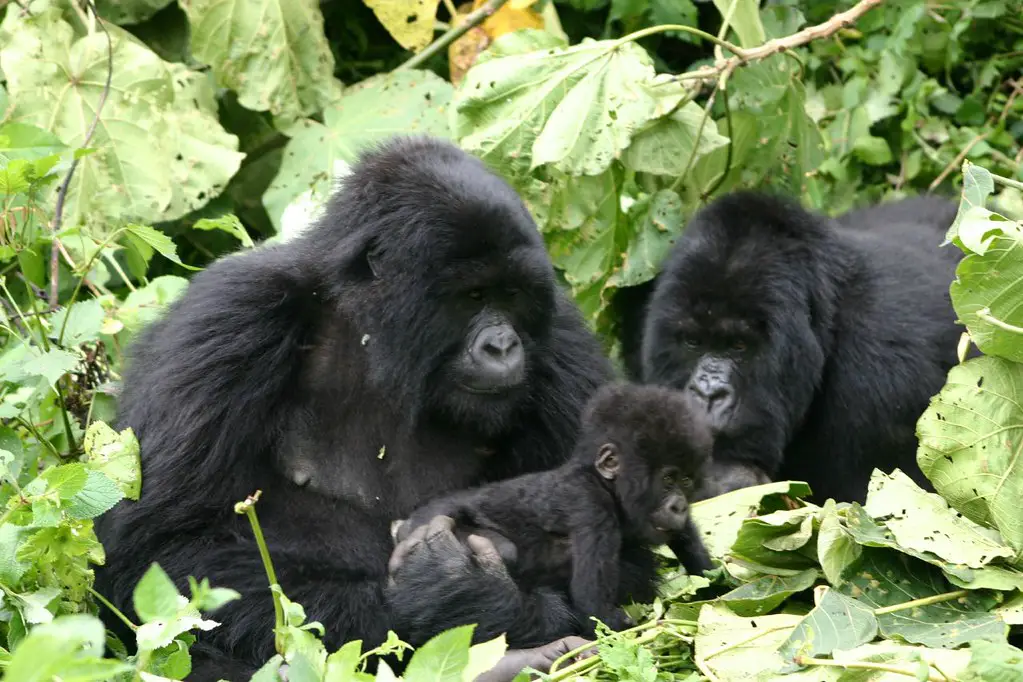💪 Support independent web, support us:
Volcanoes National Park is a stunning 323,431-acre national park located in Hawaii that boasts volcanic activity, lush rainforests, and unique wildlife.
What to see or do: One of the best things to do at the park is to take a ranger-led hike to explore the Kīlauea Volcano, which is one of the world’s most active volcanoes.
You’ll also want to check out the Thurston Lava Tube, which is a long, dark, and cool tunnel formed by flowing lava.
Don’t forget to visit the Jaggar Museum and observation deck, where you can witness dramatic views of the glowing lava lake that lies within the Halemaʻumaʻu Crater.
Don’t miss: While visiting the park, don’t miss the chance to take a scenic helicopter tour to get an aerial view of the park’s breathtaking landscapes.
Also, make sure to check out the Nāhuku Lava Tube, which is a 500-year-old lava cave and a must-see attraction.
Insider travel tips: – Wear comfortable shoes as some trails can be slippery and steep.
2. Kigali Genocide Memorial
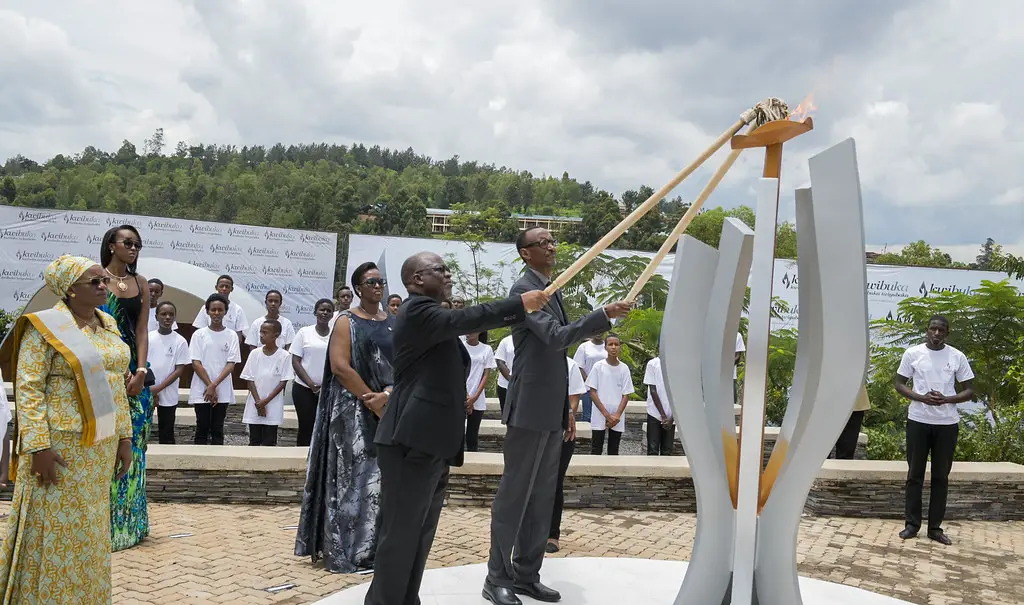
A memorial and museum dedicated to the victims of the 1994 Rwandan Genocide.
What to see or do: Visit the memorial to pay respect to the victims of the genocide and learn about the history and ongoing consequences of the tragedy.
The museum features exhibitions, videos, and artifacts that provide context and insight into the events that took place.
Don’t miss: The gardens and mass graves that offer a powerful and solemn reminder of the tragedy and the lives lost. The memorial also features a wall of names listing the victims of the genocide.
Insider travel tips: Be sure to take a guided tour to gain a deeper understanding and appreciation of the memorial and its significance. Visitors should dress conservatively and respectfully to honor the victims of the genocide.
Remember to be respectful of other visitors who may be grieving or paying their respects.
3. Lake Kivu
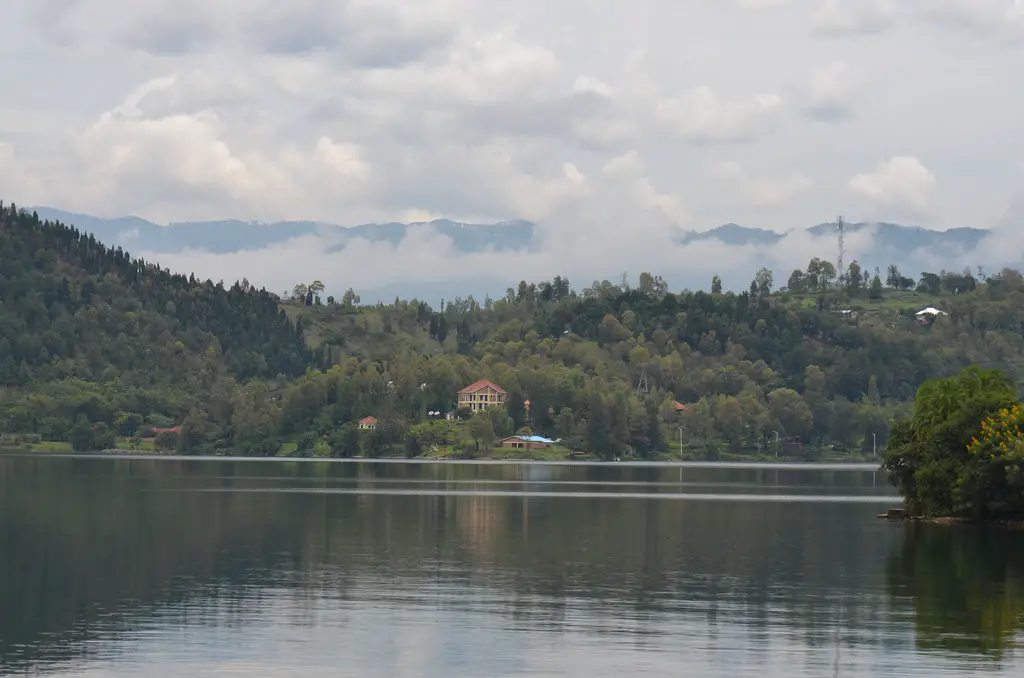
Lake Kivu is a freshwater lake situated in the Great Rift Valley in East Africa.
What to see or do: Take a boat ride to observe the beautiful scenery of the surrounding hills and islands.
Don’t miss: Don’t miss the breathtaking views of the sunset over the lake.
Insider travel tips: Stay at one of the lakeside resorts for an optimal experience.
4. Akagera National Park
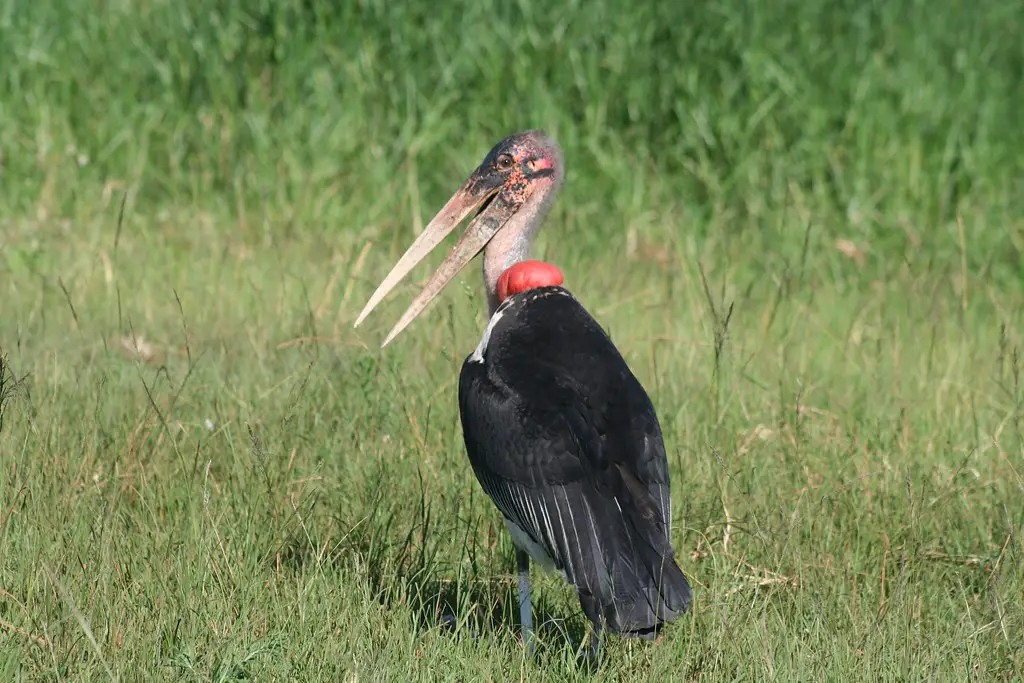
Akagera National Park is a wildlife park located in eastern Rwanda, along the border with Tanzania.
What to see or do: Visitors can enjoy a range of activities, from game drives and boat tours to guided nature walks and birdwatching.
The park is home to a variety of animals, including elephants, lions, giraffes, zebras, hippos, crocodiles, and many species of antelope.
Don’t miss: One of the highlights of a visit to Akagera is seeing the park’s elusive leopards, which are notoriously difficult to spot.
Also, be sure to take a boat tour on Lake Ihema, where you can see hippos, crocodiles, and a variety of water bird species.
Insider travel tips: It’s best to visit Akagera during the dry season (June-September), when wildlife is concentrated around water sources and vegetation is less dense.
Consider staying overnight at one of the park’s lodges or campsites for a more immersive experience.
Finally, be sure to hire a knowledgeable guide to maximize your chances of seeing the park’s wildlife and to learn about the park’s conservation efforts.
5. Butare National Museum
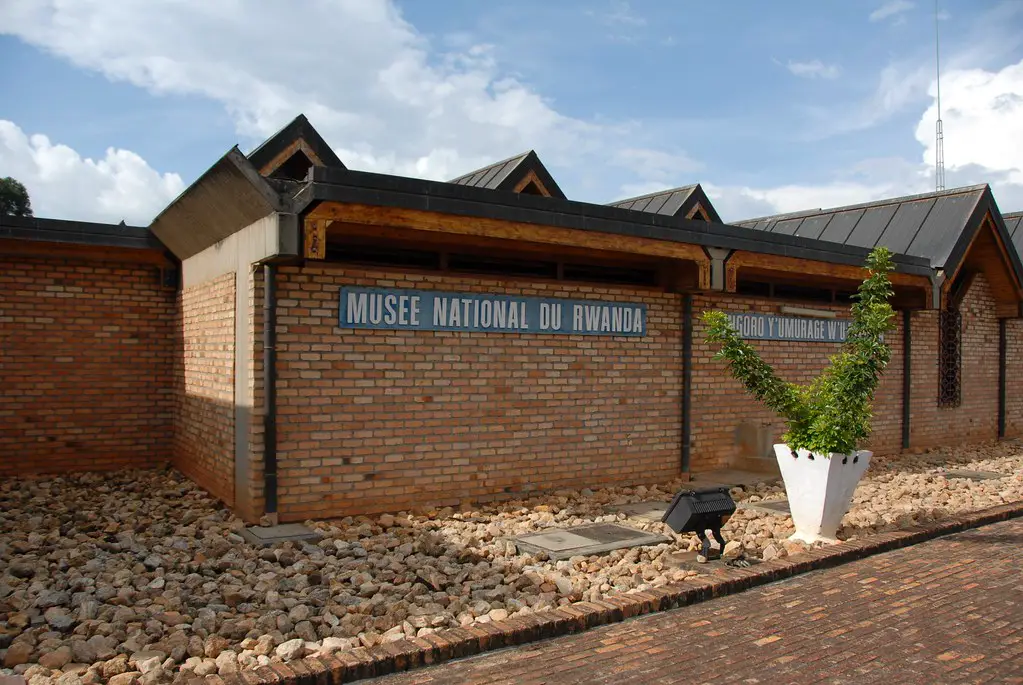
Butare National Museum is the largest and oldest museum in Rwanda, located in the southern town of Butare.
What to see or do: The museum offers an impressive collection of traditional artifacts and crafts that reflect Rwanda’s rich cultural heritage.
Visitors can explore the different sections of the museum that cover topics such as traditional Rwandan lifestyles, agriculture, and tribal rituals.
The museum also features a display of contemporary art and a botanical garden that boasts a wide variety of indigenous plant species.
Don’t miss: Make sure to see the impressive collection of traditional pottery and basketry, as well as the exquisite royal regalia that belonged to Rwanda’s former monarchs.
The museum’s drum collection is also a highlight, featuring a range of ceremonial and musical drums that offer insight into Rwanda’s vibrant traditional arts scene.
Insider travel tips: Plan your visit to the museum in the early morning or late afternoon to avoid the heat of the day. If you’re interested in learning more about Rwanda’s history and culture, consider taking a guided tour to enhance your experience.
Also, make sure to try some of the delicious local food at the nearby restaurants and cafes.
6. Presidential Palace Museum (Musée du Palais présidentiel)

Presidential Palace Museum is a historical monument which reflects the rich history of Senegal.
This palace served as the residence for French and Senegalese Governors, presidential offices for several Presidents, apart from offices for associated administrative staffs.
This museum is housed in the Palace of dakar from 1960 to now.
What to see or do: When you visit this museum, You can see the preserved interior of the palace and it’s furnished state rooms and bedrooms as they were in the 19th century.
Visitors can also see the various gifts and national souvenirs preserved in the museum, and also learn about the history of the Senegal.
Don’t miss: When you visit the museum, don’t miss the room containing the paintings and pictures of the previous presidents of Senegal.
Insider travel tips: It is best to take a guide who can take you through the exhibits and galleries to get the best of the museum.
Photography is not allowed inside the museum. The museum is open every day from 9 am to 5 pm and the entry fee includes a guided tour.
7. National Liberation Museum – Ruhango
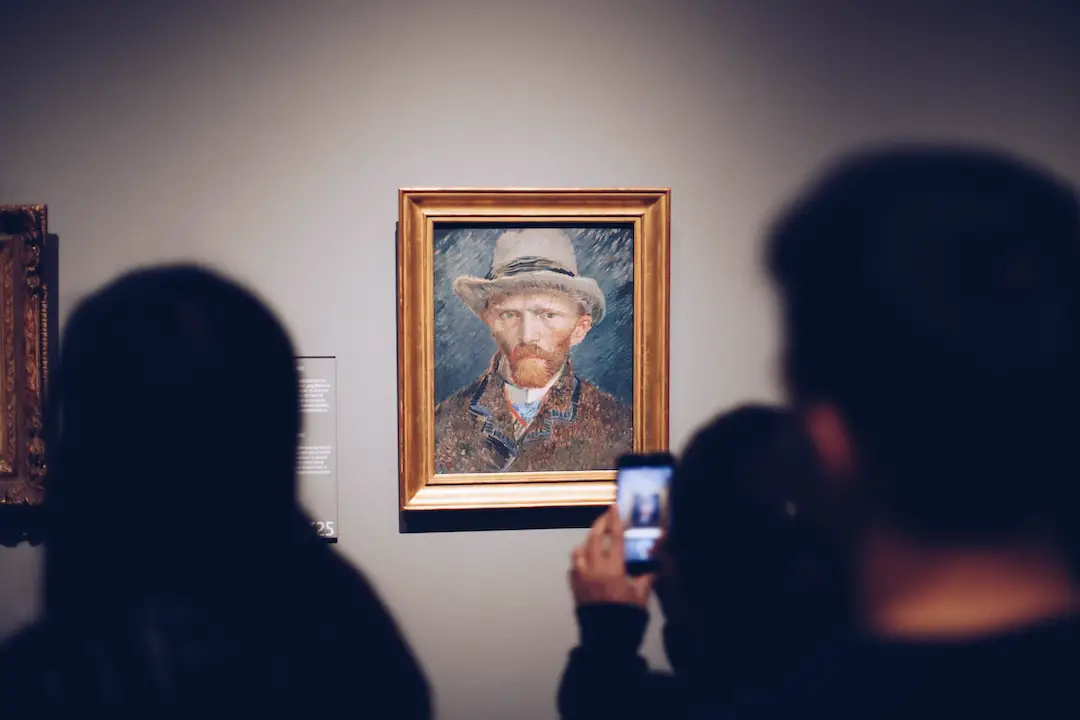
The National Liberation Museum is a historical site located in Ruhango, Rwanda, dedicated to educating visitors on the country’s path to liberation from the colonial era, including the 1994 genocide.
What to see or do: The museum features a series of exhibits, including photographs, documents, and artifacts, depicting Rwanda’s journey from colonization to liberation. Visitors can explore the various galleries and learn about key historical events in Rwanda’s past.
There are also multiple multimedia exhibits that provide a immersive experience for the visitors.
Don’t miss: Do not miss the memorial garden located near the museum. It is dedicated to the victims of the 1994 genocide and serves as a place of reflection and commemoration.
Insider travel tips: – Guided tours provided by museum staff can be extremely helpful for those seeking a deeper understanding of the exhibits.
8. Inema Arts Center

Inema Arts Center is a creative space in Kigali, Rwanda that showcases contemporary African art.
What to see or do: Visitors can explore the center’s gallery, which features a rotating collection of paintings, sculptures, and mixed media pieces. The center also offers workshops and classes in traditional Rwandan crafts, such as pottery and weaving.
Don’t miss: The highlight of any visit to Inema Arts Center is the chance to see the center’s resident artists at work. These talented individuals work in a variety of mediums and often share their techniques and inspiration with visitors.
Insider travel tips: Be sure to check out the center’s schedule of events before your visit. Inema Arts Center regularly hosts exhibitions, concerts, and community events that are not to be missed.
Additionally, stop by the on-site cafe for a delicious cup of coffee or a light bite to eat.
9. Rwandan Heritage Museum
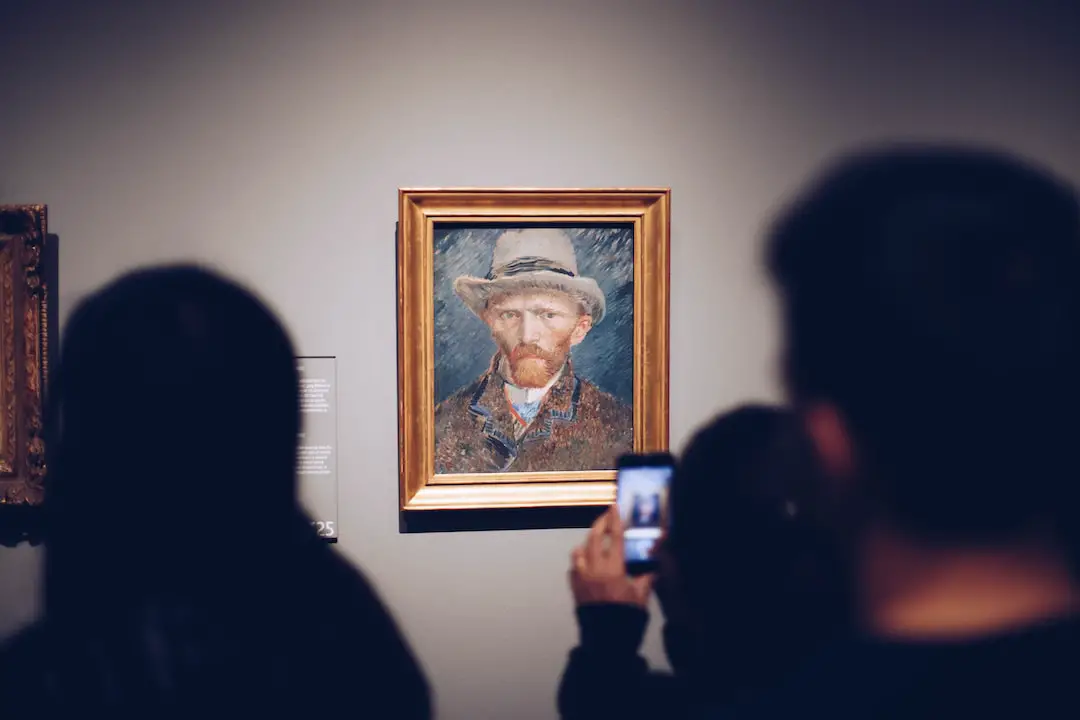
The Rwandan Heritage Museum, also known as the Ethnographic Museum of Rwanda, is a cultural institution dedicated to showcasing and preserving the country’s history, art, and tradition.
What to see or do: Visitors can explore the multimedia exhibits that guide them through Rwanda’s rich culture, customs, and social life. The museum is home to a vast collection of traditional artifacts, including clothing, musical instruments, and tools.
Don’t miss: Make sure to visit the outdoor exhibit showcasing a replica of a traditional Rwandan palace, complete with animal-skin royal chairs, thatched roofs, and traditional decorations.
The exhibit allows visitors to experience Rwandan heritage up-close.
Insider travel tips: Avoid visiting the museum on weekends, as it can be crowded.
Also, consider hiring a local guide who can provide detailed information about the exhibits and offer insights into the historical background of the country.
10. Gisenyi Beach
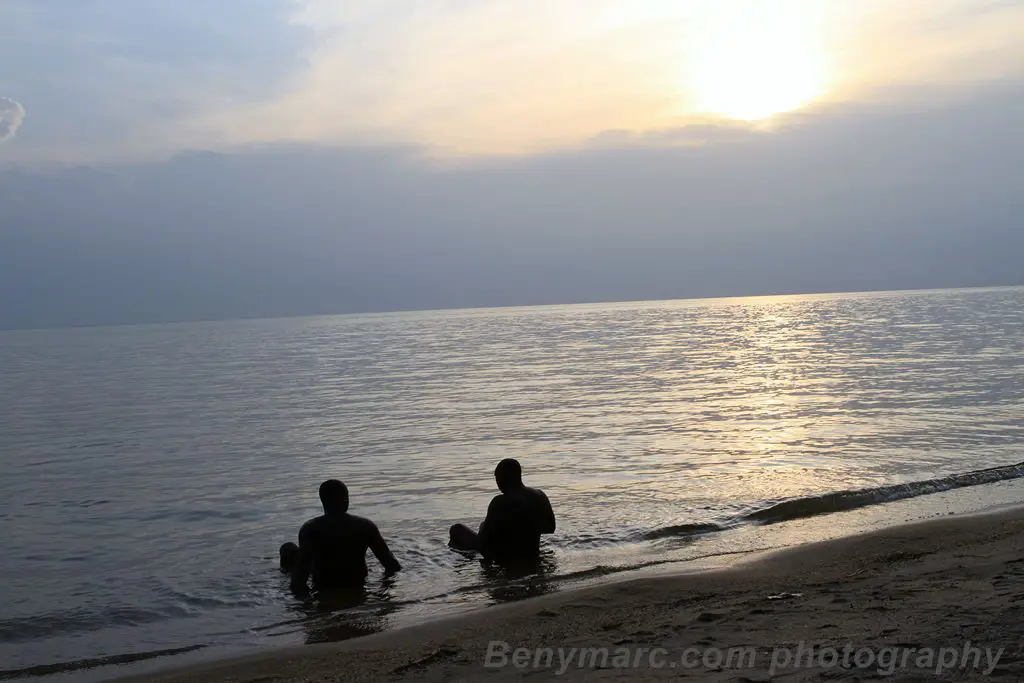
Gisenyi Beach is a beautiful stretch of sandy beach located on the shores of Lake Kivu, in Rwanda.
What to see or do: Take a dip in the clear waters of Lake Kivu, enjoy a game of beach volleyball, sunbathe on the soft sand, or take a boat ride on the lake.
Don’t miss: The views of the Virunga Mountains from the beach are breathtaking, especially during sunset. Also, make sure to try the local fish dishes at the beachside restaurants.
Insider travel tips: Bring a towel, sunscreen, and mosquito repellent. The sun can be intense and the mosquitoes can be active in the evening.
Hiring a guide for a boat ride can be a fun and informative experience to learn more about the lake and the surrounding area.
11. Iby’ Iwacu Cultural Village

Iby’ Iwacu Cultural Village is a unique cultural center in Rwanda showcasing the traditions and way of life of the country’s indigenous communities.
What to see or do: Visitors can explore the village and learn about the customs, beliefs, and practices of the Banyarwanda people through interactive experiences, such as traditional dancing, drumming, and singing performances.
They can also participate in activities like basket weaving, archery, and cow milking, and even try on traditional clothing.
Don’t miss: Don’t miss the opportunity to witness the daily life routines of the villagers and gain insights into their cultural heritage.
The centerpiece of the village is the King’s Palace, where visitors can learn about the history of the monarchy in Rwanda.
Insider travel tips: – Plan to spend at least half a day at the village to fully immerse in the cultural experience.
12. Ntaruka Cultural Center

A cultural center in Karatu, Tanzania that offers visitors a glimpse into the traditional ways of life of the Iraqw people.
What to see or do: Visitors can take a guided tour of the center and learn about the history, culture, and traditions of the Iraqw people through interactive exhibits, traditional dances, and musical performances.
The center also features a traditional Iraqw homestead that visitors can explore.
Don’t miss: The opportunity to try traditional Iraqw foods, such as millet porridge and roasted meat.
Insider travel tips: Be sure to bring comfortable walking shoes as there is a lot of ground to cover. Also, consider visiting in the morning when there are fewer crowds and cooler temperatures.
13. King’s Palace Museum

The King’s Palace Museum, also known as the Rijksmuseum, is a national museum in Amsterdam that displays Dutch art and history from the Middle Ages to the present day.
What to see or do: Explore the extensive collection of 8,000 objects, including paintings by Dutch masters such as Rembrandt, Vermeer, and Van Gogh. Admire the impressive works of applied arts, including fine furniture, silver, and Delftware.
Don’t miss: Don’t miss the chance to see the famous painting by Rembrandt called “The Night Watch.” It is displayed in a specially designed room that gives the painting a unique presence.
Insider travel tips: – Book tickets in advance, especially during peak tourist season, to avoid long queues.
14. Cathedral of Saint Michel

The Cathedral of Saint Michel is a Roman Catholic church located in the heart of the historic city of Albi in southern France.
What to see or do: Visit the stunning Gothic-style cathedral and admire its intricate architecture and colorful frescoes. The cathedral houses a beautiful 78-stop pipe organ that was restored in the 1990s.
Don’t miss: Make sure to see the enormous mural paintings that adorn the cathedral’s interior, depicting scenes from both the Old and New Testament.
The Last Judgment, situated behind the altar, is particularly impressive.
Insider travel tips: Entrance to the cathedral is free for those who wish to pray or attend mass. However, a small fee is required for visitors who want to tour the cathedral and its treasury.
Plan to visit early in the morning to avoid the crowds, or during one of the cathedral’s choral concerts for a truly memorable experience.
15. Kigali City Tower
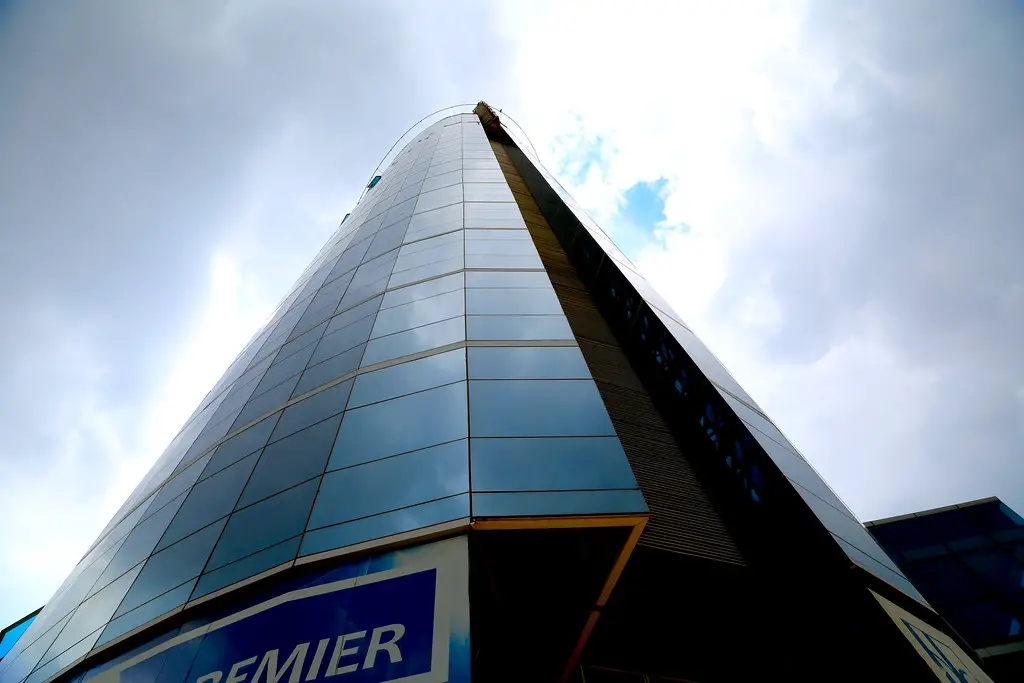
A modern multi-use skyscraper located in the central business district of Kigali, Rwanda.
What to see or do: Explore the various floors filled with retail shops, offices, restaurants, and a luxury hotel. Take in stunning views of the cityscape from the observation deck on the 12th floor.
Don’t miss: The Rwanda Art Museum, which is located on the 6th floor of the tower. It showcases beautiful contemporary African art pieces and paintings, including pieces from local artists.
Insider travel tips: Visit the tower during weekdays, as it tends to be less crowded.
If you’re planning on heading to the observation deck, try to go during a clear day to get the full experience of Kigali’s scenery.
Finally, check out the local events and exhibitions that take place inside the tower.
16. Saint Famille Church
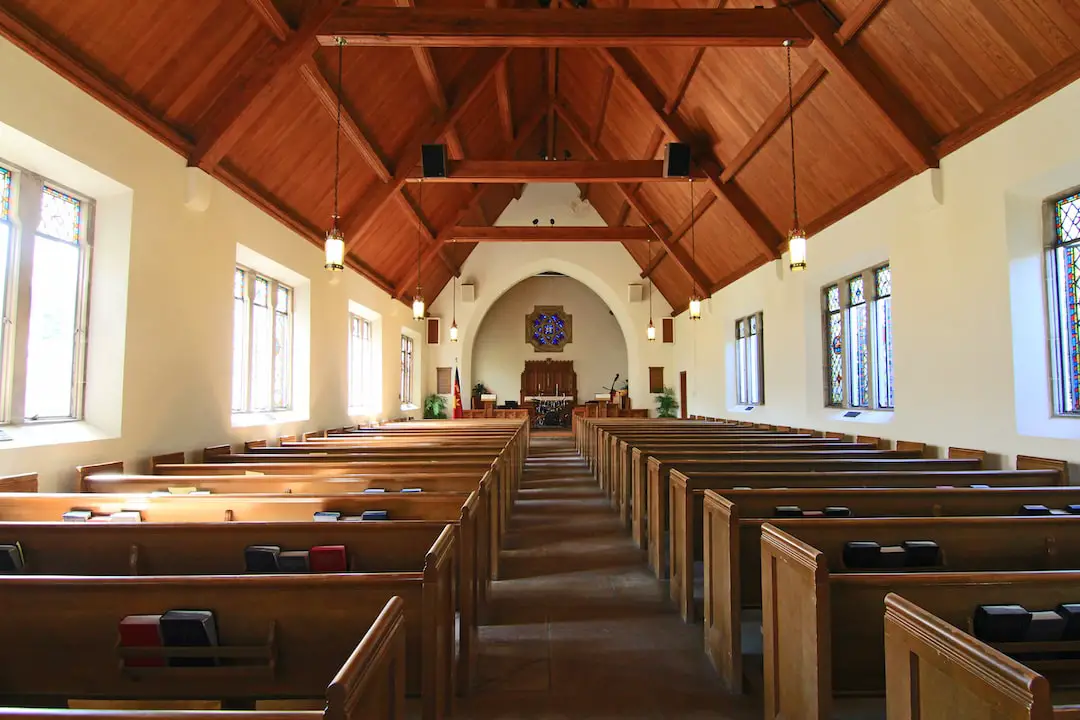
Saint Famille Church is a historic Catholic church located in the heart of the city of Kigali, Rwanda.
What to see or do: Visitors can tour the ornate interior of the church which features beautiful stained-glass windows, an impressive altar, and religious artifacts. The church also holds regular mass services.
Don’t miss: Be sure to take a moment to appreciate the stunning architecture of the church’s exterior, which boasts intricate details and soaring towers.
Insider travel tips: – Be respectful of the church’s religious significance and dress appropriately when visiting.
17. Karisoke Research Center

A research center located in Volcanoes National Park in Rwanda, dedicated to the study and conservation of mountain gorillas.
What to see or do: Visitors can take guided tours of the center and learn about the daily activities of researchers who live and work there.
The center also offers treks into the forest to see the gorillas in their natural habitat.
Don’t miss: The opportunity to see the gorillas up close and learn about the amazing work being done to protect these endangered animals.
Insider travel tips: Visitors should be prepared for a challenging trek through the forest to see the gorillas, so proper hiking gear is essential.
It is also important to follow all park guidelines and respect the gorillas and their habitat.
18. Kandt House Museum of Natural History
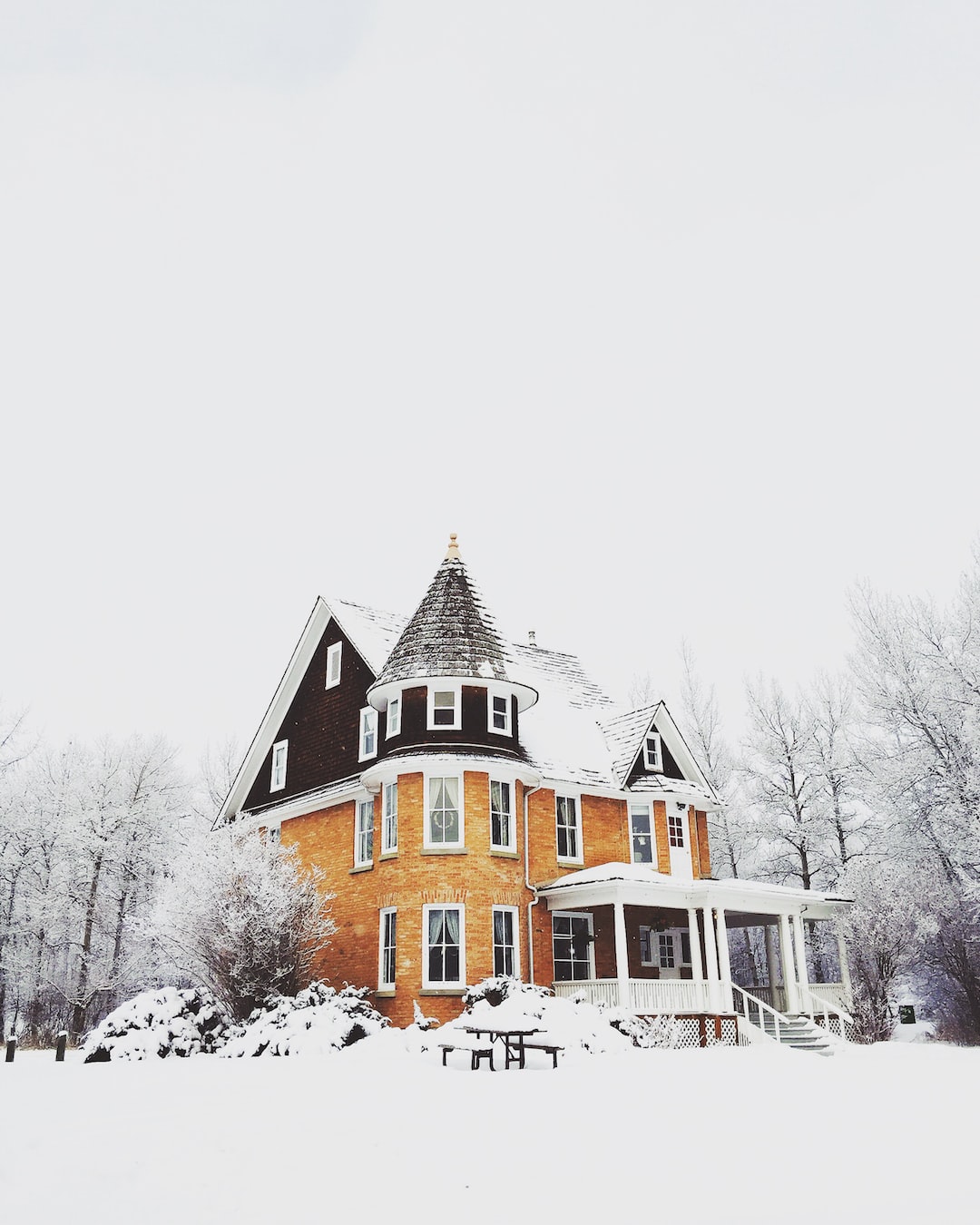
A small but informative museum located in Kigali, Rwanda showcasing the natural history of the country.
What to see or do: Visitors can see a variety of exhibits featuring natural history and cultural artifacts. The museum is particularly known for its display of African wildlife, including butterflies, birds, and mammals.
Don’t miss: The museum’s collection of local reptiles and amphibians, as well as its extensive geology exhibit.
Insider travel tips: Plan to spend about an hour at the museum.
The staff is friendly and knowledgeable, and the museum offers a unique opportunity to learn about Rwanda’s biodiversity and cultural heritage.
Entry fees are relatively cheap, and the museum is conveniently located near other popular attractions.
19. Kigali Convention Centre
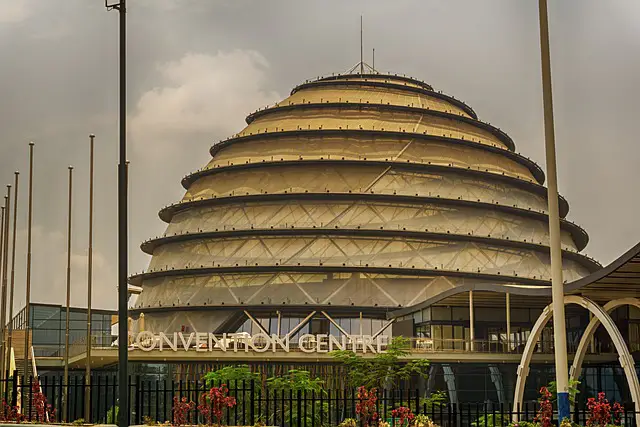
The Kigali Convention Centre is a state-of-the-art venue for conferences, exhibitions, meetings, and other events.
What to see or do: Attend conferences, exhibits, and other events held at the center.
Don’t miss: Take a guided tour of the convention center to admire its modern architecture and impressive facilities.
Insider travel tips: Check the events calendar to plan your visit as there is always something going on at the center. Also, make sure to grab a meal at one of the center’s restaurants for a taste of Rwandan cuisine.
20. Murambi Genocide Memorial
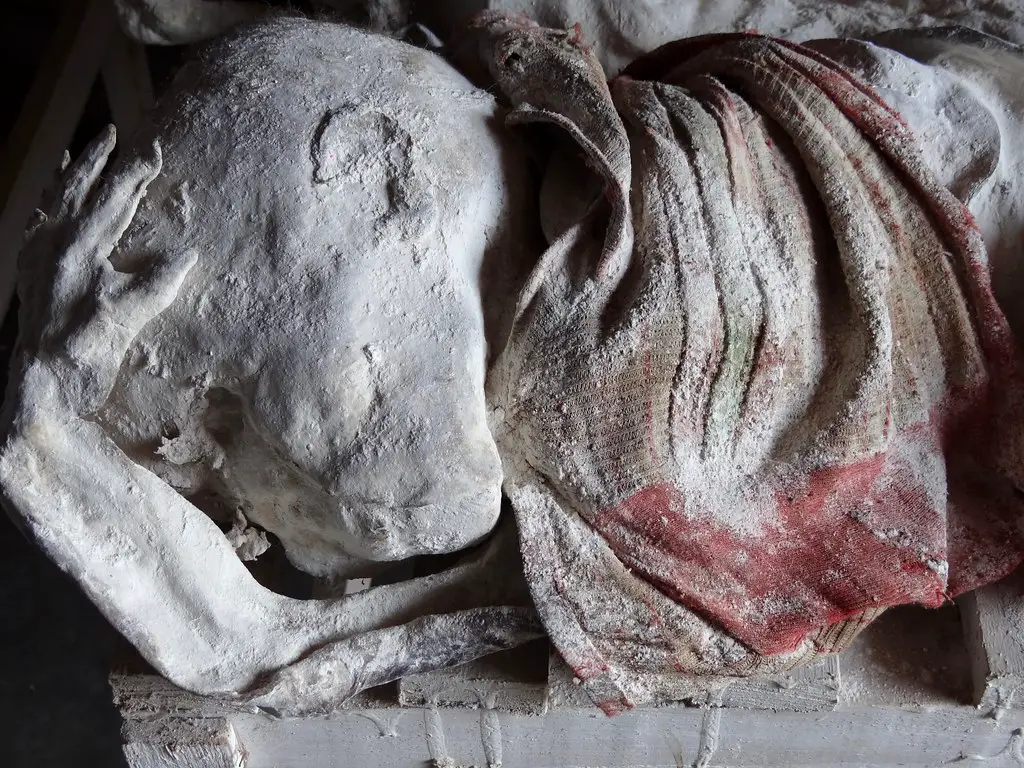
The Murambi Genocide Memorial is a site dedicated to the remembrance of the Rwandan genocide of 1994, where approximately 50,000 Tutsi people were killed.
What to see or do: Visitors can see mass graves and preserved bodies of victims, as well as displays of photographs, videos, and personal items of those who were killed.
Don’t miss: The preserved bodies of the victims, which are laid out in rows in one of the memorial’s buildings, provides a haunting and powerful reminder of the horrific events that took place.
Insider travel tips: It is important to visit with a guide who can provide context and explanation of the events surrounding the genocide. It is also recommended to visit early in the day to avoid large crowds.
Additionally, visitors should dress conservatively and respectfully out of respect for the victims.
21. Rugezi Marsh
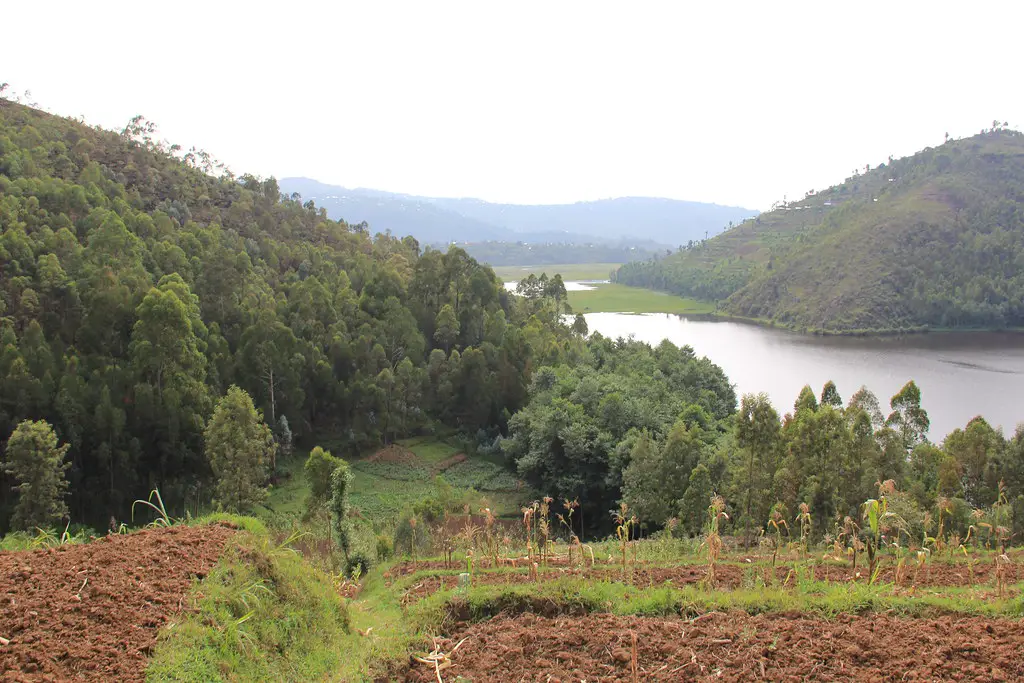
Rugezi Marsh is a stunning wetland located in northern Rwanda, covering an area of approximately 14 square kilometers.
Don’t miss: Make sure to take a boat trip on the marsh to fully immerse yourself in the beauty of the wetland. The views of the surrounding hills and volcanoes are breathtaking.
Insider travel tips: It’s best to visit Rugezi Marsh during the dry season from June to September when the water levels are lower, and the wildlife is easier to spot.
Bring binoculars and a camera to capture the stunning scenery and birdlife.
To fully enjoy your experience, it’s best to book a local guide who can help you navigate the area and spot the wildlife.
22. Kigali Arena

The Kigali Arena is a multi-purpose indoor arena located in Kigali, Rwanda.
What to see or do: The arena hosts a variety of events including concerts, sporting events, conferences and exhibitions. It has a seating capacity of up to 10,000 people and state-of-the-art facilities.
Don’t miss: If you’re in Kigali, don’t miss the chance to catch an exciting basketball game featuring the Rwanda Patriots, the country’s top team.
The arena has also hosted major events including the Basketball Africa League and the Africa CEO Forum.
Insider travel tips: – Try to book tickets in advance, especially for popular events.
23. Caves of Byumba

A network of ancient caves located in Byumba, Rwanda.
What to see or do: Explore the underground tunnels and passages that make up the Caves of Byumba. You can marvel at the fascinating rock formations, and learn about the history of the caves from local guides.
Don’t miss: One of the highlights of the Caves of Byumba is the impressive “Great Hall”, which is a large chamber with towering ceilings and wide-open spaces.
Don’t forget to look out for the hidden pools and streams that flow through the caves, adding to their mysterious ambiance.
Insider travel tips: – Wear sturdy shoes as the cave floor can be slippery and uneven.
24. Palace of King Mutara III Rudahigwa

The Palace of King Mutara III Rudahigwa is a historical landmark in Rwanda that served as the residence of the last Tutsi king.
What to see or do: Visitors can take a guided tour of the palace and learn about its history and significance to Rwandan culture. The palace architecture is a blend of traditional Rwandan and modern European styles.
Don’t miss: Don’t miss the opportunity to see the king’s throne and other royal artifacts that showcase the culture and traditions of Rwanda.
Insider travel tips: – The best time to visit is during the annual Umuganura festival where Rwandans come together to celebrate their cultural heritage.
25. Ethnographic Museum of Rwanda
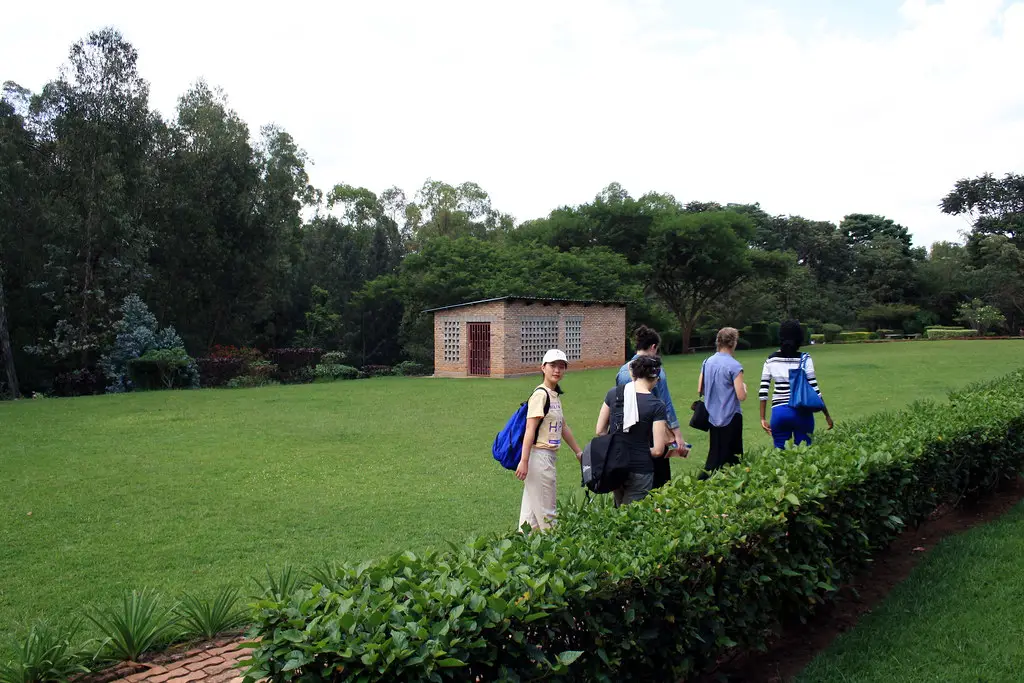
The Ethnographic Museum of Rwanda is a fascinating museum that showcases the history and culture of Rwanda.
What to see or do: Visitors can see a wide range of exhibits, including photographs, artifacts, and interactive displays that highlight the country’s traditional art, music, and dance.
The museum has a beautiful garden with many plant species that are used in traditional medicine.
Don’t miss: The most popular exhibit is the replica of the traditional Rwandan royal palace, which provides visitors with a glimpse of how the Rwandan monarchs lived in the past.
Insider travel tips: – Hiring a guide is an excellent way to get the most out of your visit to the museum as they can provide fascinating insights into the exhibits.
26. Rambi Gorilla Group
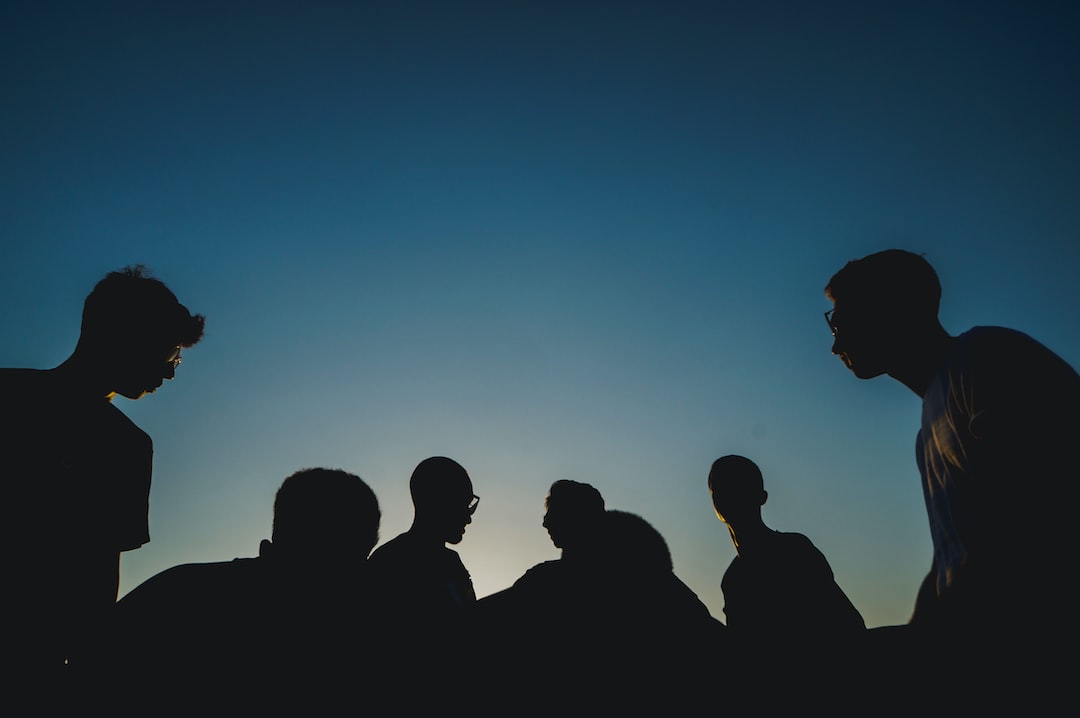
Rambi Gorilla Group is a family of endangered mountain gorillas in Volcanoes National Park, Rwanda.
What to see or do: Visitors can embark on a gorilla trekking tour to see the Rambi Gorilla Group up close in their natural habitat.
Don’t miss: Observe the playful and curious behavior of the gorillas as they interact with each other and their surroundings. Watch as they feed on foliage and groom each other.
Insider travel tips: Make sure to bring a good camera with a zoom lens to capture close-up shots of the gorillas. Wear sturdy and comfortable hiking shoes, as the terrain can be steep and muddy.
Follow the instructions of trained guides and keep a safe distance from the gorillas to avoid disturbing their environment.
27. Nyamirambo Walking Tour

A guided walking tour that takes you through the vibrant neighborhood of Nyamirambo in Kigali, Rwanda.
What to see or do: – Explore the bustling marketplaces and colorful streets of Nyamirambo.
Don’t miss: – The chance to interact with locals and learn about their daily lives and cultural traditions.
Insider travel tips: – Wear comfortable shoes, as the tour involves quite a bit of walking.
28. Rubona Hill Trail

Rubona Hill Trail is a scenic trekking route in Rwanda that takes visitors through a forested hillside and offers breathtaking views of Lake Kivu and the surrounding lush landscape.
What to see or do: Visitors can enjoy a rewarding trek as they make their way up Rubona Hill and take in the stunning panoramas of the lake and hills, with plenty of opportunities for wildlife spotting along the way.
The trail takes between two to three hours to complete.
Don’t miss: At the summit of the hill, you’ll find a small cave where locals light fires to make offerings to their ancestors.
This is a unique cultural experience that shouldn’t be missed.
Insider travel tips: – Wear sturdy shoes suitable for hiking, as the terrain can be steep and uneven.
29. Bugesera Historical Handcraft Village

Bugesera Historical Handcraft Village is a cultural attraction in Rwanda that offers visitors the opportunity to learn about traditional Rwandan handicrafts and immerse themselves in the country’s rich cultural heritage.
What to see or do: Visitors can tour the village and watch local artisans as they make a variety of crafts using traditional techniques, including pottery, weaving, and basket-making.
There is also a small museum on-site that provides more information about the history and cultural significance of these crafts.
Don’t miss: The opportunity to purchase one-of-a-kind souvenirs and gifts directly from the artisans themselves.
Whether you’re looking for a traditional basket, a hand-carved wooden figurine, or a colorful piece of pottery, you’re sure to find something special here.
Insider travel tips: – Plan to spend at least a few hours here to really get a sense of the village and all it has to offer.
💪 Support independent web, support us:
